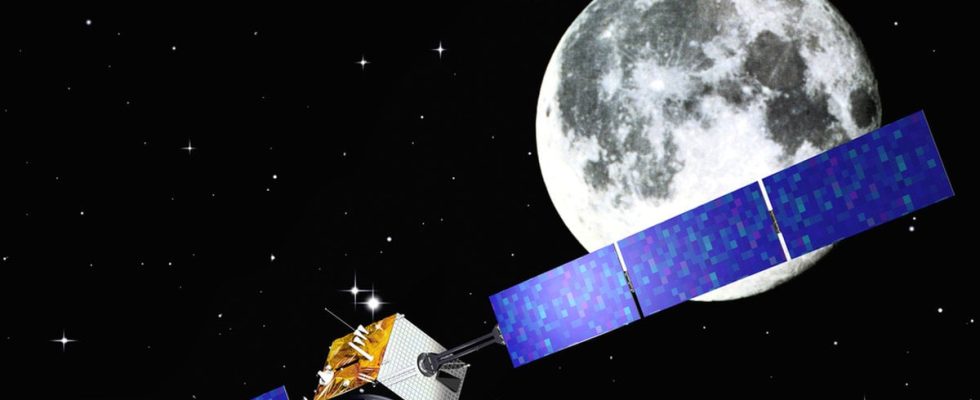The European ERS-2 satellite completed its mission in space 13 years ago. When it now slowly returns to the Earth’s atmosphere, the majority of the 2.5-heavy craft is expected to burn up, but substantially large parts may still land intact on Earth. Where is unclear, but according to the ESA, the common man should not worry.
— The odds of a satellite part falling on someone’s head are calculated to be one in a billion, says the ESA engineer Benjamin Bastida Virgili at a press conference.
The Swedish Space Agency predicts that ERS-2 will re-enter the atmosphere on Monday, plus or minus three days. The largest satellite fragment that can reach Earth weighs around 52 kilograms, according to ESA’s experts.
When ERS-2 was launched into space in 1995, it was described as Europe’s most sophisticated Earth observation satellite to date. In 2011, it was shut down in a way that meant the craft would gradually fall back towards Earth’s atmosphere, with the aim of minimizing the amount of space debris orbiting the planet.
ESA has promised that the space debris from their missions will be down to zero by the year 2030.
